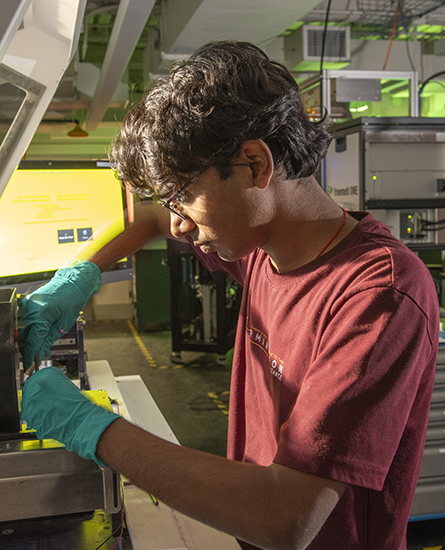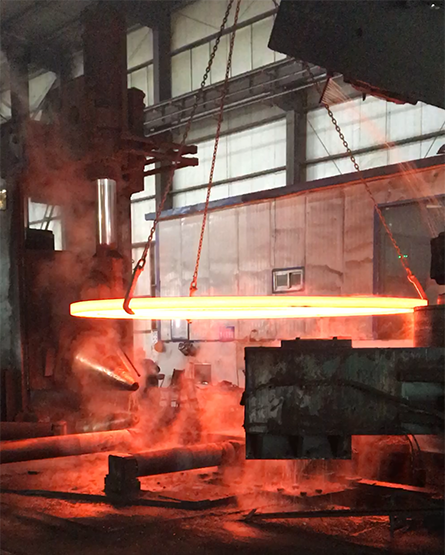Media mentions
CNET
Cranor discusses passkey security
Opens in new windowCyLab Director Lorrie Cranor was quoted by CNET about Microsoft’s switch to passkeys.
The Washington Post
Cranor quoted on iris-scanning technology
Opens in new windowCyLab Director Lorrie Cranor was quoted by The Washington Post about World’s iris-scanning technology.
Pittsburgh Post-Gazette
Adams contextualizes Pittsburgh’s air quality score in recent report
Opens in new windowEPP Head Peter Adams spoke with the Pittsburgh Post-Gazette about this year’s American Lung Association report on national air quality. He contextualized the findings to note that air quality is a program for the entire northeast and not limited to the city.
The Washington Post
Cranor quoted on access to data in cases of theft
Opens in new windowCyLab Director Lorrie Cranor was quoted by the Washington Post about how the owners of stolen Apple products cannot regain access to their data.














